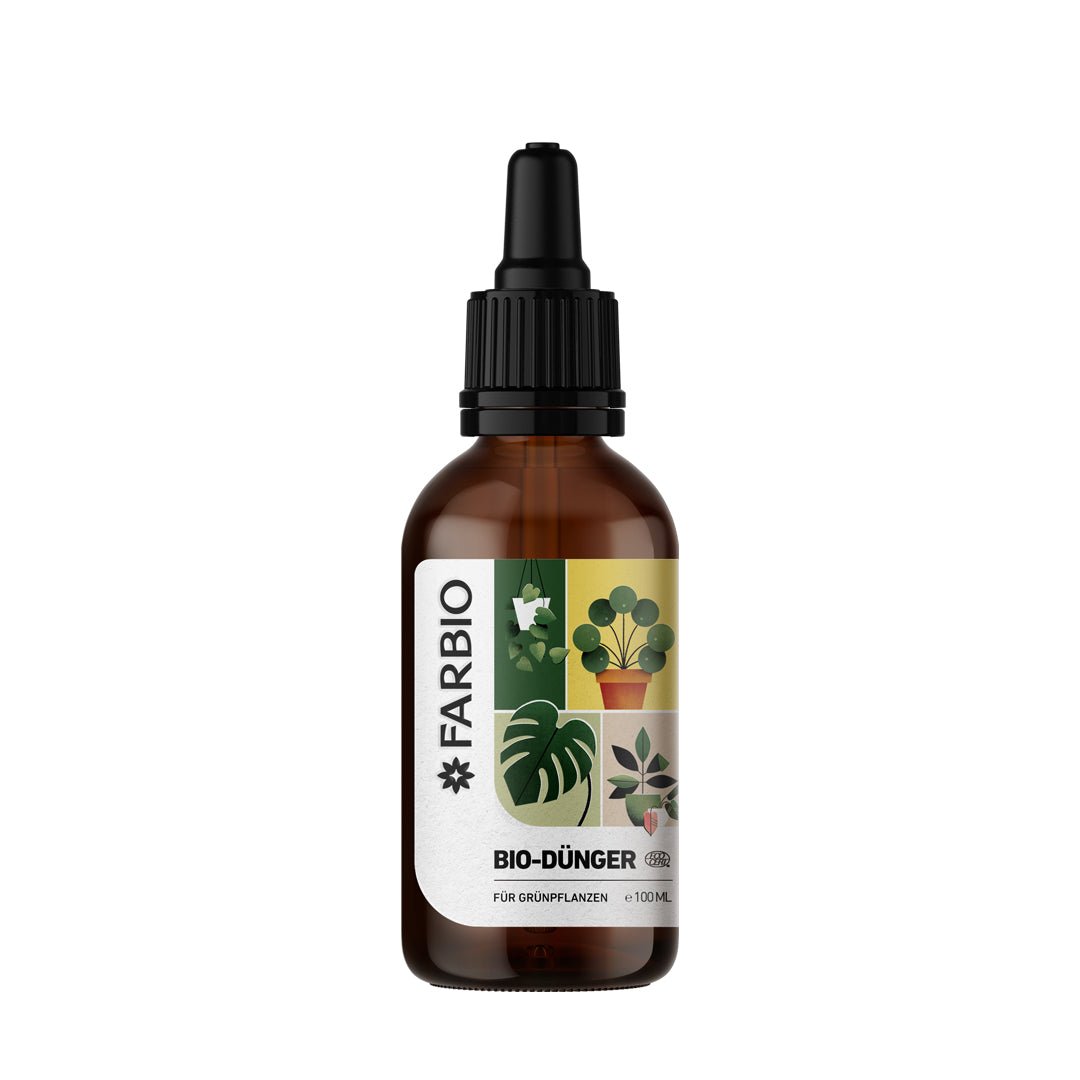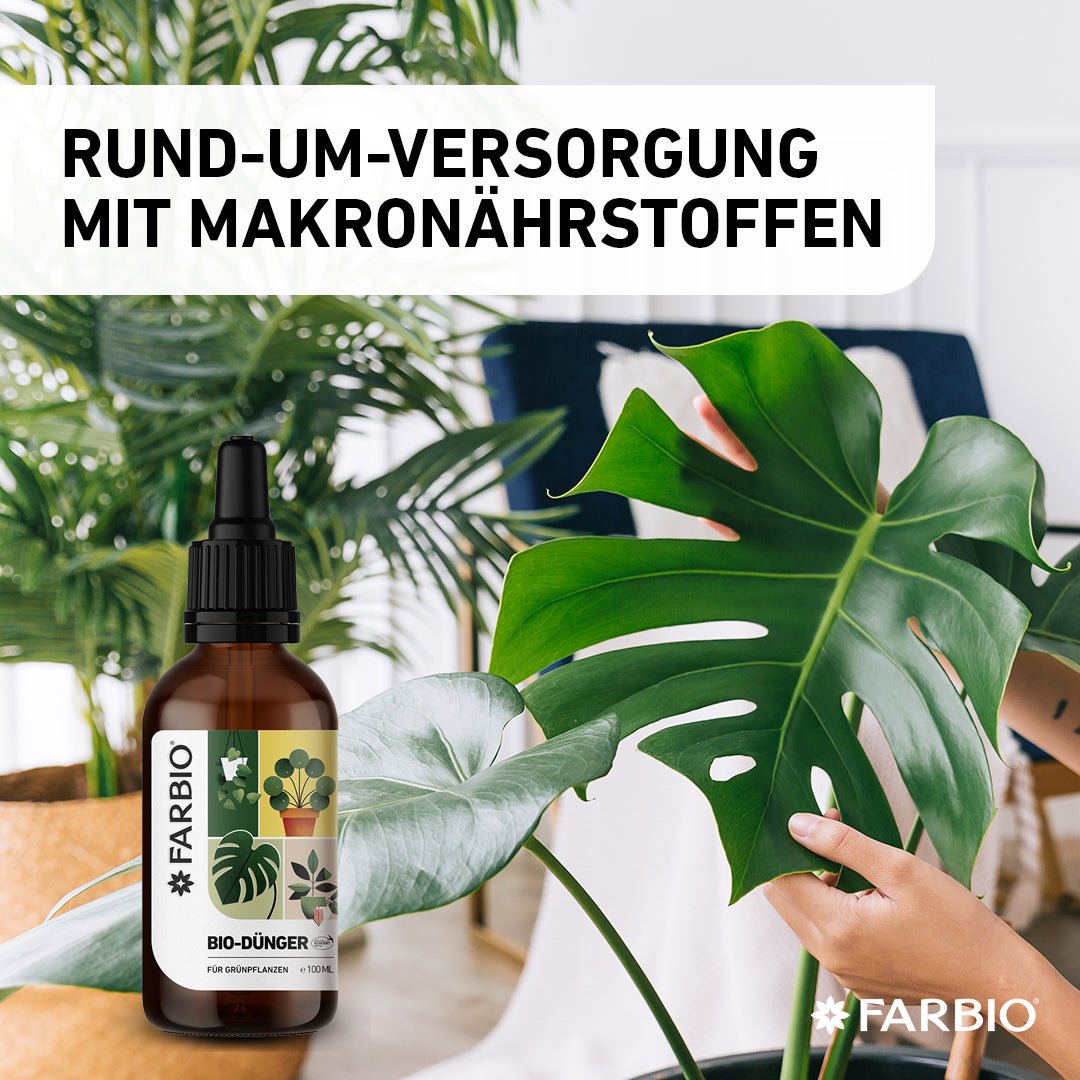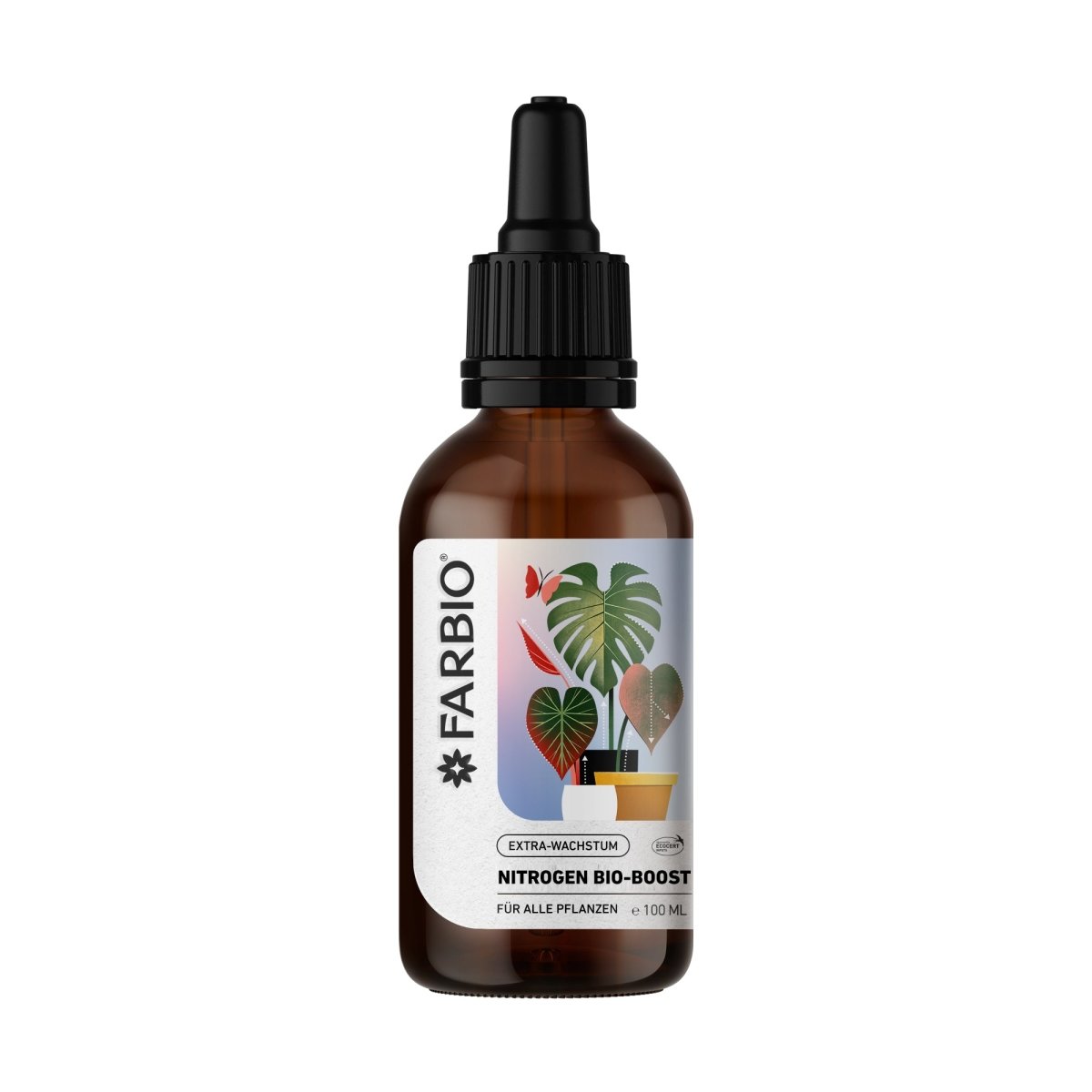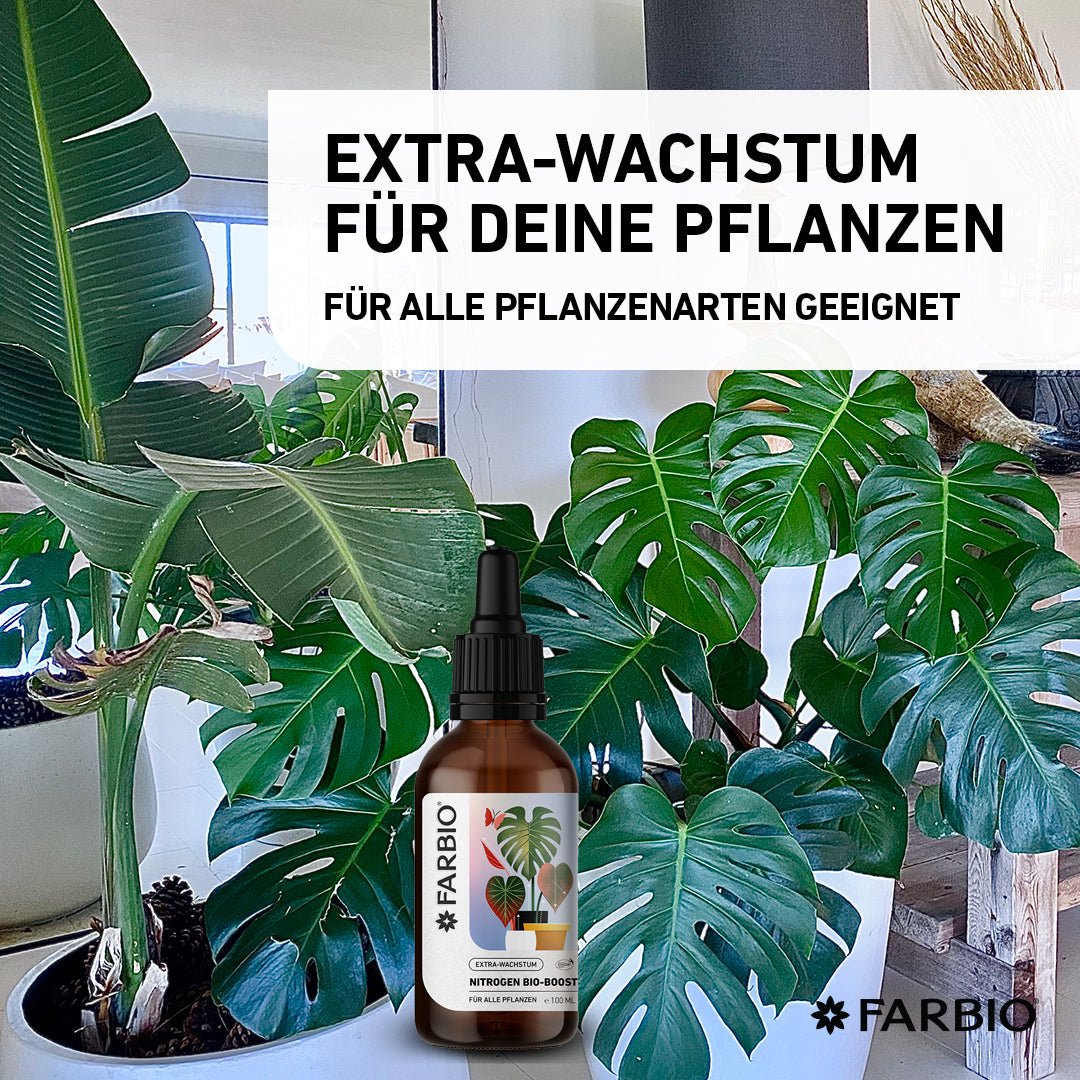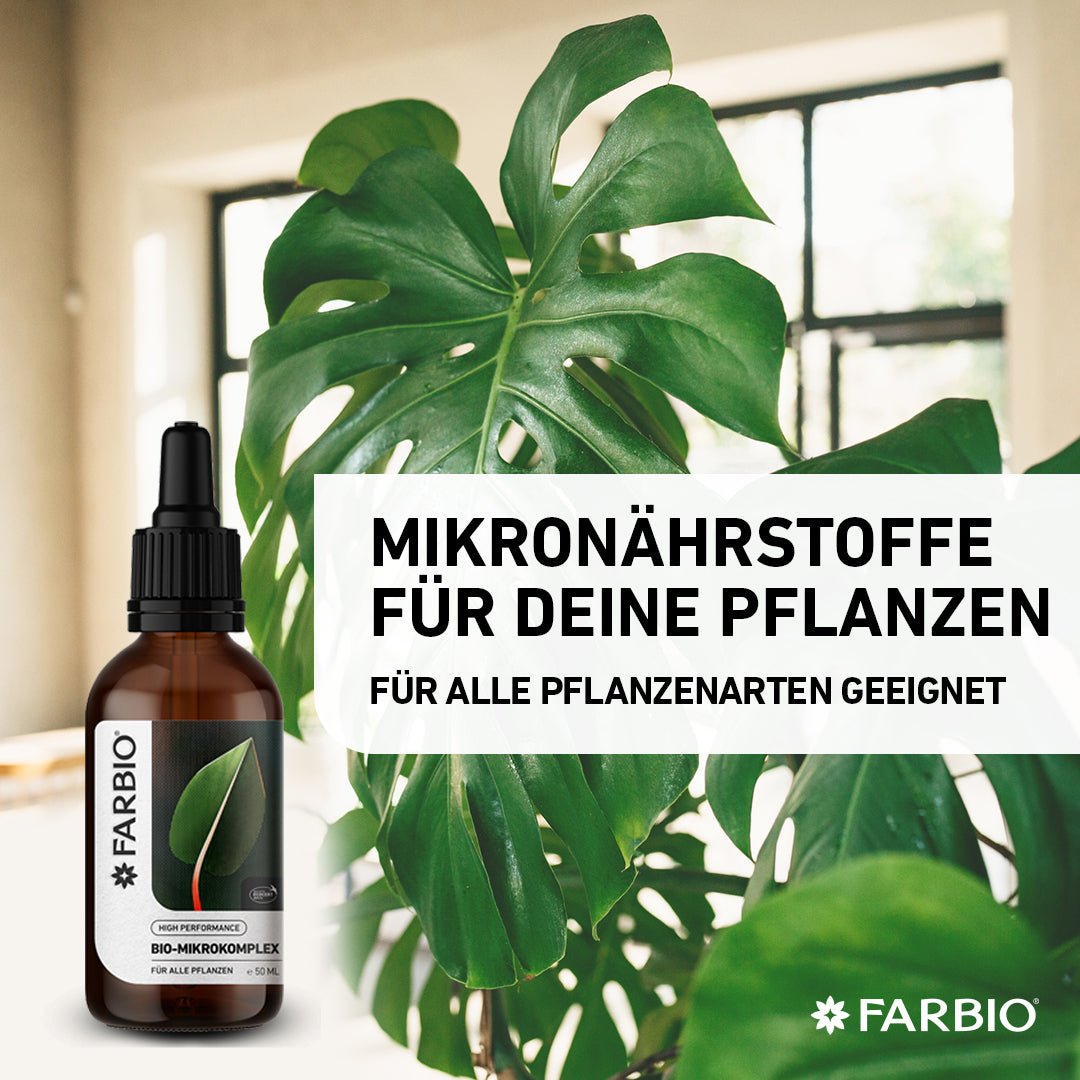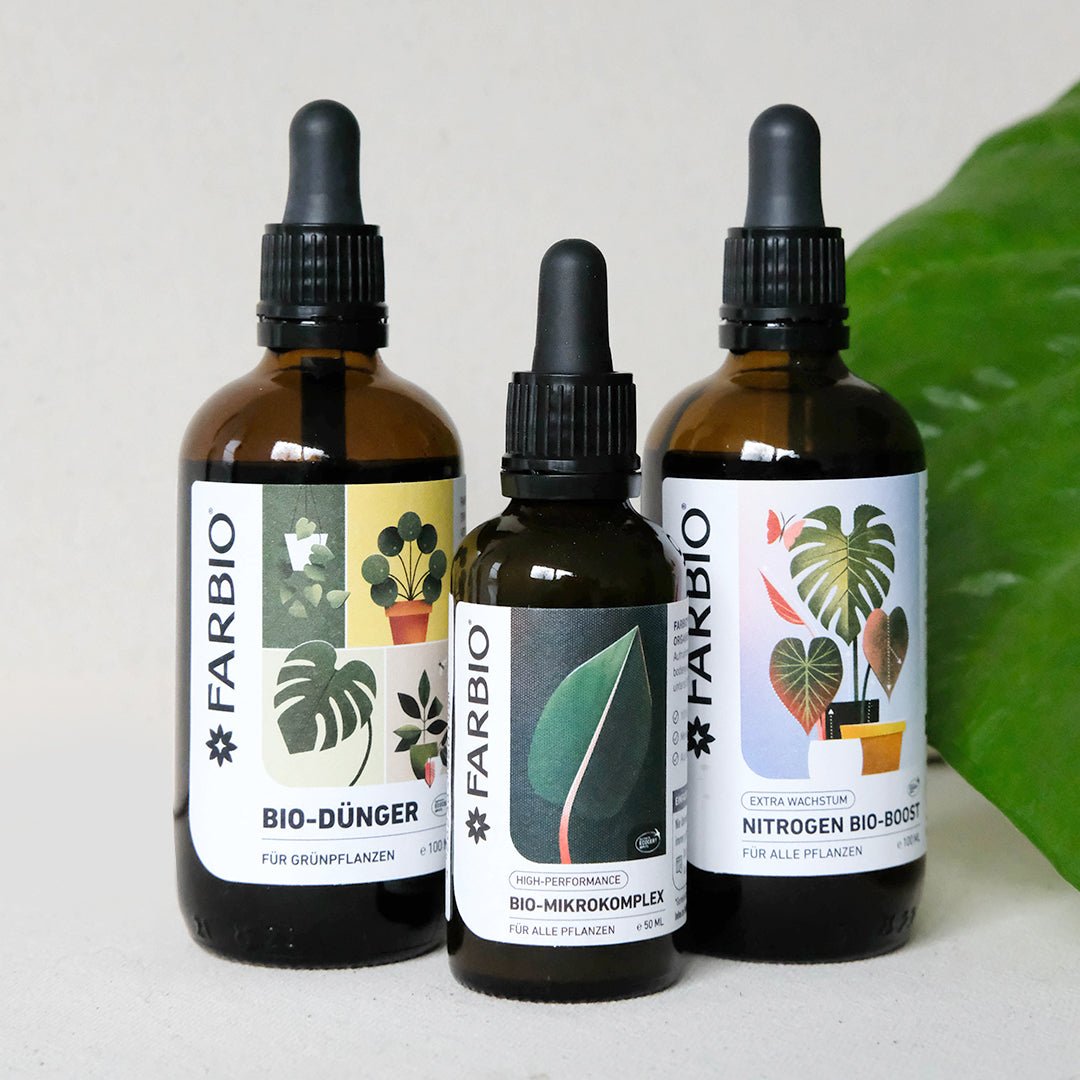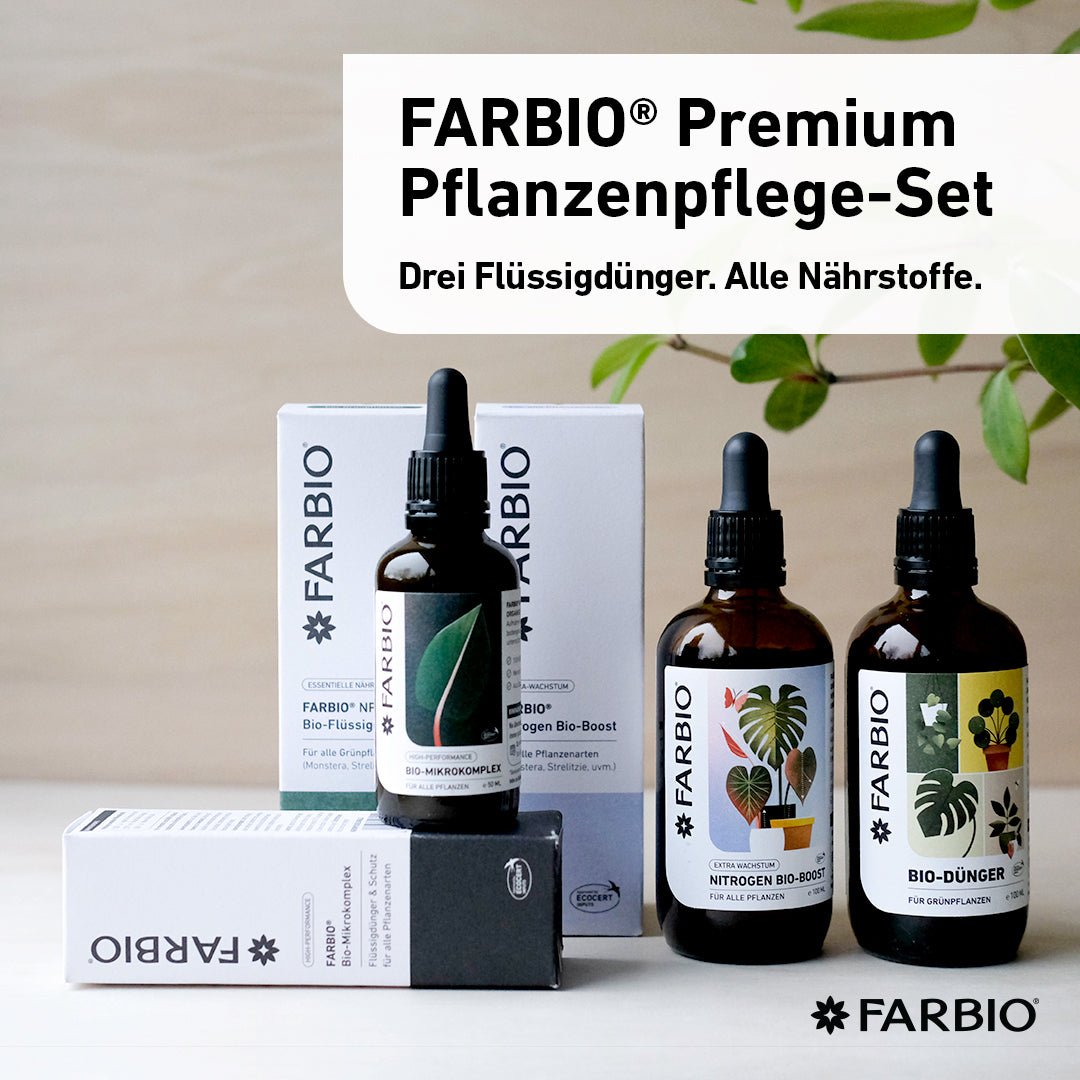It is essential for the survival of a plant that nutrients are taken up by the roots and supplied to the leaves, shoots and fruits. But how exactly can the nutrients be transported within the plant to where they are needed? First of all, the short-distance transport takes place from the root surface into the root up to the central cylinder, i.e. the middle of the root, from where the nutrients then reach the individual parts of the plant. This is done by long-distance transportation. In this article, we explain exactly how this works.
How do nutrients get into the root?
The short-distance transport from the root surface to the inside of the root, the central cylinder, can take place via two transport routes. In both pathways, the supply of nutrients is actively controlled by transport proteins.
What is the symplastic transport route?
Symplastic nutrient transport describes cell-to-cell transport via plasmodesmata, which are small tunnels of cytoplasm that connect cell walls. This happens because the osmotic value increases from the rhizodermis to the endodermis. The transport can be regulated .
What is the apoplastic transport route?
Apoplastic nutrient transport occurs through water-filled transport pathways to the endodermis. Water and the nutrients dissolved in it penetrate the network of cell walls , where they are absorbed . The transport is not adjustable.
When is which transport route to the root used?
When there are not many nutrients available for the plant, the symplastic pathway is preferred. The roots can be supplied with nitrogen first. If nutrients are present in large quantities in the soil and the roots are therefore well supplied, apoplastic transport is used, since nutrients reach the shoots and leaves more quickly.
How do the nutrients get into the plant parts?
When the nutrients have arrived in the plant's central cylinder, long-distance transport to the shoots, leaves and other above-ground parts of the plant such as flowers or fruits begins. This can take place via the phloem or xylem. These are vascular tissues that run through all plant organs and thus represent the pathways within the plant. The long-distance transport of water and the minerals dissolved in it is not an active process, but is based on adhesion and cohesion.
What is the xylem?
The xylem is a woody vascular tissue in which mainly water and the nutrients dissolved in it are transported. Transport occurs only from the roots up to the shoots, leaves and other parts of the plant above ground. The xylem is also involved in long-distance signaling in response to pathogens or environmental stress. The xylem sap contains proteins including metabolic enzymes, stress-related proteins, and signal transduction proteins. Xylem transport is driven by osmotic pressure, capillarity in the xylem vessels and transpiration.
What is the phloem?
The phloem is living tissue, also called the sieve. It transports mostly organic substances such as sugars in the direction from the point of intake to the point of use and storage. In photosynthesis, for example, from leaf to root. It consists of so-called sieve tubes, which together with companion cells connect the phloem with the surrounding tissue . This is how the organic substances get into the plant parts.
What are mobile and immobile nutrients?
Mobile nutrients are nutrients that are mobile in the phloem and xylem and can therefore be transported from one plant organ to another as needed. These include nitrogen (N), phosphorus (P), potassium (K), chlorine (Cl) and magnesium (Mg). When these nutrients are deficient, older leaves are the first to show symptoms, such as yellow leaves, as nutrients are transported from the older to the younger when the soil becomes insufficient. Nutrients that are only partially mobile or immobile are mobile only in the xylem, so they can no longer be transported to other areas within the plant if required. These include zinc (Z), molybdenum (Mo), manganese (Mn), calcium (Ca), sulfur (S), iron (Fe), boron (B) and copper (Cu) . If there is a deficiency in these nutrients, the deficiency symptoms are first seen on the young leaves.
Our FARBIO® organic fertilizers provide your vegetable, herb and fruit plants as well as green plants with all the important nutrients!



